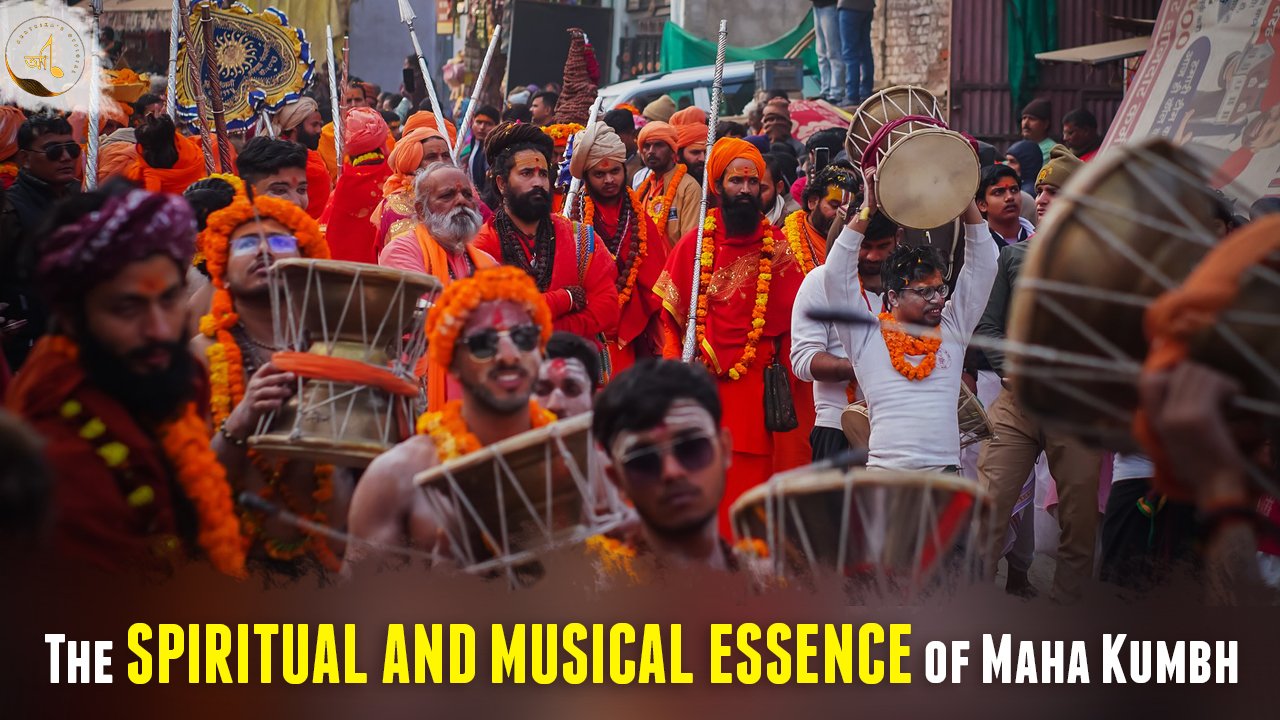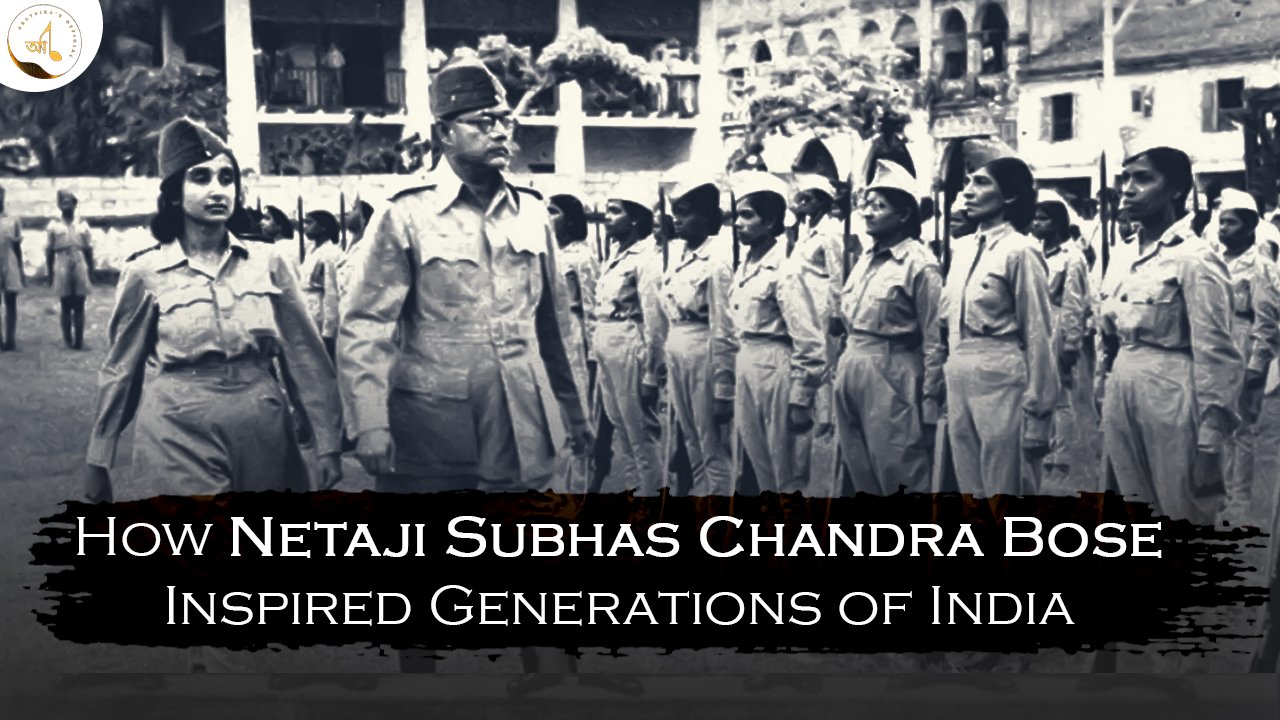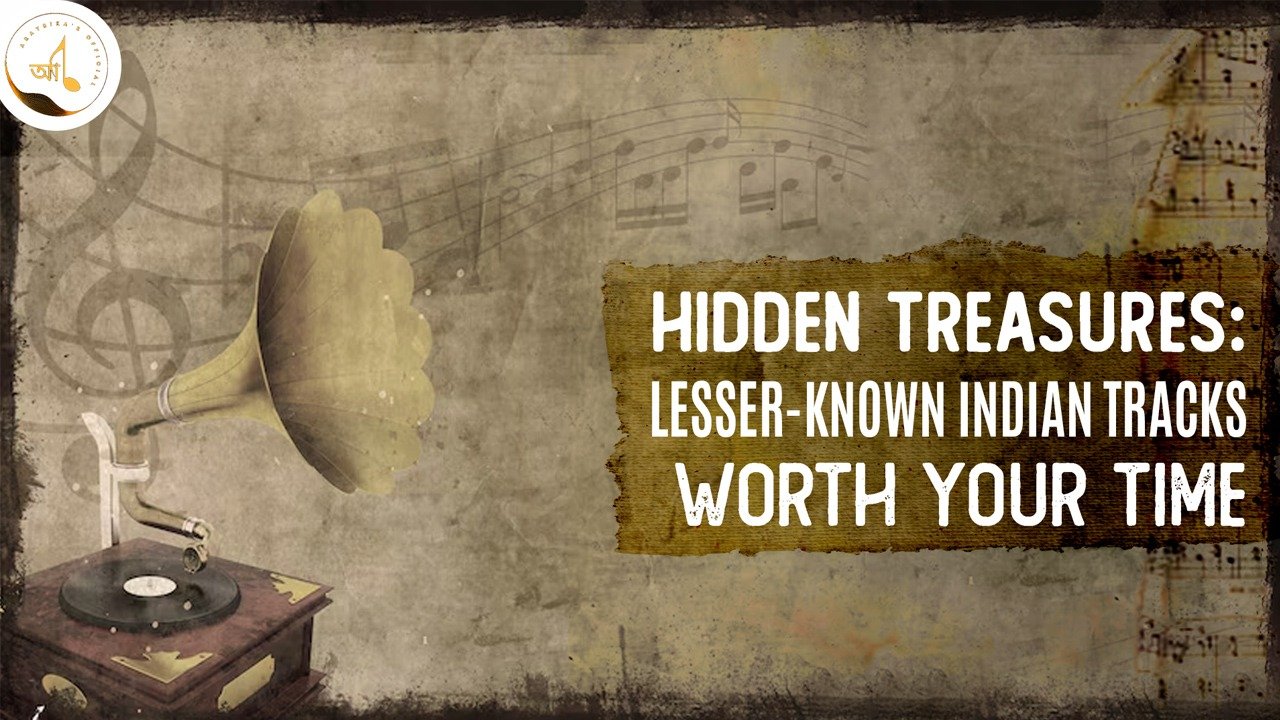Assam is one of the Eight Sister states of northeastern India. Known for its rich culture and diverse population, the culture of Assam is a fusion of Indo Burmese, Mongolian and Aryan influences. This beautiful land, known as the 'land of red rivers and blue hills' is a little paradise with untouched natural landscapes worth to be traversed for its pristine beauty. The Assamese culture is a rich and exotic tapestry of all these races evolved through a long assimilative process. The natives of the state of Assam are known as "Asomiya" (Assamese), which is also the state language of Assam. The state has a large number of tribes, each unique in its tradition, culture, dress and exotic way of life.
Assamese Jewellery:
Assamese ornaments are one of the most important parts of Assamese culture. It is generally made of gold termed as "Kesha Xoon" or raw gold. The ornaments are very beautiful to look at and are a very prestigious part of Assamese culture. Some of the popular traditional Assamese jewellery include earrings with exquisite Lokaparo, Keru, Thuriya, Jangphai, Long Keru, Sona or Makori; an array of necklaces including Golpata, Satsori, Joon biri, Bena, Gejera, Dholbiri, Doogdoogi, Biri Moni, Mukuta Moni, Poalmoni, Silikha Moni and Magardana, and diversified rings including Senpata, Horinsakua, Jethinejia, bakharpata and others
Bihu:
Bihu is the most popular folk dance of Assam. Bihu dances are performed by young boys and girls during the Bihu festivities which represent youthful passion, reproductive urge and joy. It is characterized by brisk dance steps and rapid hand movement. Dancers wear traditional colourful Assamese clothing. The dances are accompanied by musical instruments like "Dhol" (Dholak), pepa, gogana, banhi(flute) etc. Though the origin of the Bihu dance is unknown, the first official endorsement is cited to be when Ahom king Rudra Singha invited Bihu dancers to perform at the Ranghar fields sometime around 1694 on the occasion of Rongali Bihu.
Satriya Nritya:
Satriya Nritya is the classic dance form of Assam which represents the Satriya culture, the basis of the religious and cultural fabric of Assam. It is one among eight principal classical Indian dance traditions. Whereas some of the other traditions have been revived in the recent past, Satriya has remained a living tradition since its creation by the founder of Vaishnavism in Assam, the great saint Srimanta Sankardeva, in 15th century Assam. The core of Satriya Nritya has usually been mythological stories. This was an artistic way of presenting mythological teachings to the people in an accessible, immediate, and enjoyable manner.
Folk Music
It is not a surprise that Assam is rich in folk music. From the time of the Kamarupa Kingdom followed by Ahom Dynasty, Assamese culture has been influenced by each of its rulers except the British rule which ended the Ahom Dynasty. The indigenous folk music has influenced the folk music of artists like Bhupen Hazarika, Parvati Prasad Baruva, Jayanta Hazarika, Utpalendu Choudhury, Nirmalendu Choudhury and many others. Classical Assamese music is divided into Borgeet and Ojapali which combines narrative singing with dancing. The music of Oja-pali has a raga system of clear traditional orientation.
Assam's beauty like the rest of the Seven Sisters is unique but neglected. We tend to forget that there is a little paradise in our own country waiting to be explored. Assam with its ecstatic frenzy has always enraptured its visitors and never left them disappointed.







Leave a reply